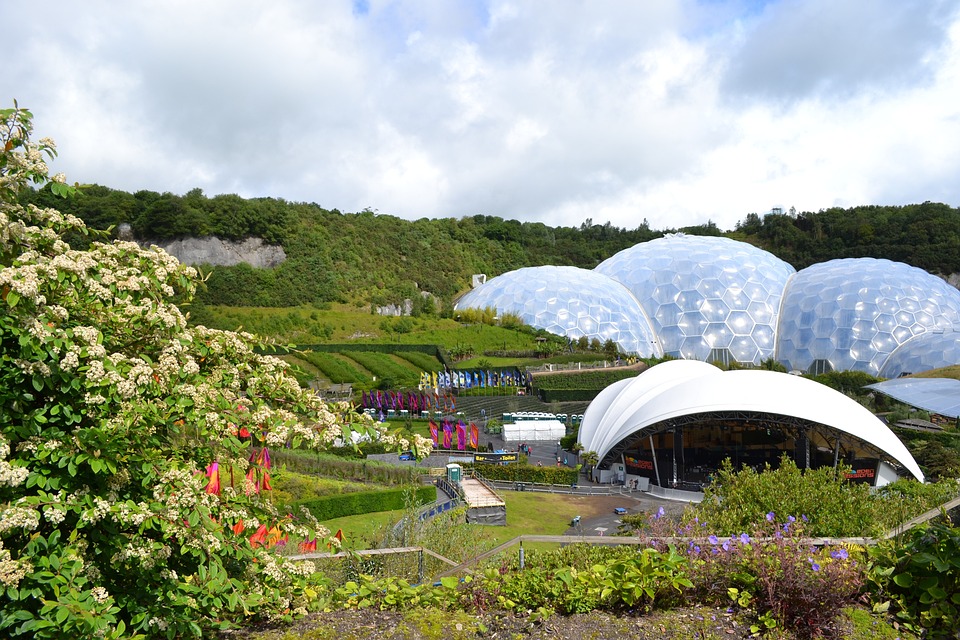

This article provides the answer to these and other questions. It also makes it clear that biosphere reserves are important for nature conservation.
The origin
Biosphere reserves have been in existence since 1968 thanks to UNESCO, the organization of education, nature and science of the United Nations. They have set up the MAB project.
This stands for Man and Biosphere, or man and biosphere. The researchers of UNESCO have designated biogeographical areas worldwide and designated one or more parts that were eligible to become a biosphere reserve in each of these areas. More than 300 biosphere reserves have now been established and many more will be added.
The conditions
In order to qualify for the Biosphere Reserve title, an area must meet two important conditions. The most important thing is, of course, that valuable plants and animals are present and that the habitat of these plants and animals is unique.
A second condition is that there is room in these areas for environmentally friendly agriculture, horticulture, fishing and hunting and tourism. But all in a traditional way. People are also allowed to live in these areas, but only in certain parts.
The difference with other nature reserves
The main difference with ‘ordinary’ nature reserves is that there is room in a biosphere reserve for the above-mentioned agriculture, horticulture, hunting and fishing. The last two do not apply in all biosphere reserves and often only in certain seasons. The boundaries between nature reserve and the civil society are less strict in a biosphere reserve than in other nature reserves: in general one should not live and do agricultural work. Let alone hunt and fish!
The layout of a biosphere reserve
A biosphere reserve consists of one fully protected and shielded core zone. No one is allowed to come here and agriculture, hunting, tourism and life is forbidden. In such a core zone, the same rules apply as in any other nature reserve. This core zone is in any case ensured that the plants and animals that occur in this region always have a habitat and are preserved for the future and therefore cannot die out.
Boverning zones are around the core zone. In these buffer zones there is therefore room for environmentally friendly and traditional agriculture. People can also live here on a small scale. So think of the farmers who grow vegetables and fruit in an environmentally friendly way. The most important condition is that it is only environmentally friendly.
Tourists can also be found in these areas. These are often very interesting areas for tourists. In this way, they can still move into nature worldwide and get to know an area.
Science and education
The more than 300 biosphere reserves across the whole are regularly examined. For scientists, it is very interesting to see what all small-scale and environmentally friendly activities in these areas have an impact on the protected parts. Of course, there is also research on the lives of plants and animals in these areas. All the information they extract is used in other and new biosphere reserves.
This information is also used for education. It is important to alert local residents and other inhabitants of the countries and territories concerned to the usefulness of nature conservation. Especially in the poorer parts of the world, this is sometimes a problem; people want to survive here despite the fact that it is at the expense of the environment. The inhabitants with all the information of the scientists also learn what an impact their agriculture and life has on the protected parts so that they will hopefully do something with it. Especially young people benefit greatly from this information; they can change a lot and mean a lot for the environment.